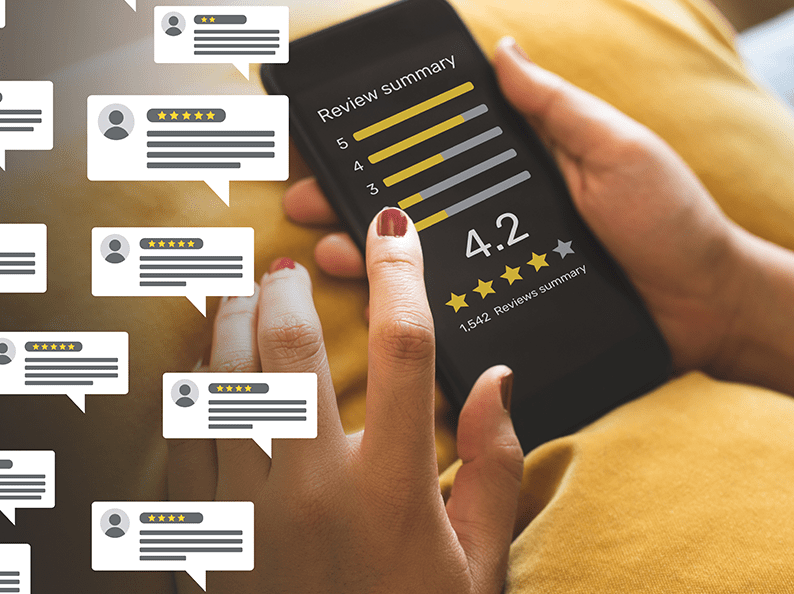There’s never been a better time to publish your book. There’s also never been a better time to make a lot of self-publishing mistakes.
To avoid the most costly mistakes, you should know the key differences between traditional versus self-publishing, including three different ways to self-publish. Knowing your options will help you choose the book publishing path that’s right for you.
TRADITIONAL PUBLISHING
The “Big Five” traditional publishing houses pay YOU to publish your book. This means they’re paying for the rights to your content (i.e. intellectual property) and up to 80 percent of your royalties (i.e. profits). Think of traditional publishers as venture capitalists who need and want to make a substantial return on their investment to edit, design, publish, distribute, and promote your book. Just like any good VC, they publish authors that increase the odds they’ll make money.
Massive competition in the publishing industry has led traditional publishers to gravitate toward well-established authors, public figures, or celebrities who already have thousands, if not millions of followers. That way, traditional publishers can count on these authors making them a profit.
If you’re not a celebrity, but you are an excellent writer who is committed to publish traditionally (and beat the odds stacked against you), then you’ll need to write a compelling query letter and/or book proposal that will command an editor’s attention within three to five minutes. Gatekeeper editors at traditional publishing houses separate the wheat from the chaff very quickly. Even to get in the door, you will need a literary agent because traditional publishers no longer deal directly with authors. Your literary agent should have the expertise to identify the right publisher for your book, negotiate the best deal possible, and help you retain as many of your rights as possible.
THREE WAYS TO SELF-PUBLISH
If you have an important life story, message, or expertise to share in a book, you can avoid the daunting roadblocks of traditional publishing by self-publishing in one of three ways: (1) Do It Yourself, (2) Vanity Book Publishing, or (3) Independent Book Publishing.
1. Do It Yourself
Kindle Direct Publishing or KDP, an Amazon company that merged with its former company CreateSpace, offers free tools to help you create your book cover, review your book’s interior (the format of your print and ebook), and get useful feedback from readers before you start selling your book. With a KDP account, you’ll be able to receive royalties and distribute your book through Amazon. KDP even offers you a free ISBN—but don’t take it. Instead, go to Bowker and buy your own “International Standard Book Number,” a 13-digit number unique to your book. This way you can distribute your book through whatever channels you want, not just through Amazon.
DIY self-publishing gives authors an affordable way to get their message out. But there’s also the challenge of finding a good editor (if you use one at all), formatting your book correctly, designing an eye-catching cover, coming up with a great title, and writing persuasive back cover copy that sells your book. You also need to know details about an ISBN, LCCN, bar code, pricing, and more. Many people self-publish their book with relatively little professional assistance and feel satisfied with the process. Often, however, the book’s content and cover reflect a do-it-yourself product.
The Value of Assisted Self-Publishing: If you’re a business professional or someone who wants to stand confidently behind the value of your book, you should not publish your book without professional assistance. Your time is too valuable and a DIY book will not gain you the credibility you need. Instead, hire professionals to assist you through the book publishing, marketing, and distribution process. A professionally published book will help you establish your authority, maximize your influence as a thought leader, and leverage you and your book’s success.
Although the line can seem blurry between two forms of assisted self-publishing (“vanity” or “independent” book publishing companies), you can tell the difference based on a few key factors. One caution though: how a publishing company refers to itself does not necessarily indicate which type of assisted self-publishing company they might be, nor the quality of services you will receive. Do your research.
2. Vanity Book Publishers (Assisted Self-Publishing)
Generally, vanity book publishers won’t call themselves by this name, but they are referred to this way within the industry because they publish almost any manuscript, regardless of its quality, as long as an author pays them.
These self-publishing companies will assist you by providing editing, book design, book formatting, and even some marketing services. They often offer lower-cost publishing services because they focus on the quantity of book publishing contracts sold, not necessarily a book’s excellence. Their business model depends on volume and a factory-like process to lower costs. They may also get certain rights to your book, but not make the release of your rights clear to you. You can get your rights back, but you will likely have to pay for them and that could become a struggle.
Do careful comparison research, talk to actual people at any publishing company to get a feel for their customer service, interview actual authors who have published with the company, and read the fine print.
3. Independent Book Publishers (Customized Assisted Self-Publishing)
An independent book publisher is a hybrid between traditional and vanity book publishers. Like traditional publishers, independent book publishers are committed to the quality of the content and production (design, marketing, launch, and distribution) of your book. They know that self-publishing is challenging because you as an author don’t know the steps to publish and launch a professional book that sells. Independent book publishers do that work for you, and you keep most or sometimes even all the rights and royalties to your book.
Expect independent book publishers to offer more personalized services that are also customized to you and the success of your book.
As a member of the Independent Book Publishers Association, our mission at Peacock Proud Press is to publish books that transform the lives of our authors and their readers. We offer three different publishing packages to meet the needs and budgets of our authors. We also want our authors to feel “peacock proud” of their book, so we adhere to the IBPA’s Industry Standards Checklist for a Professionally Published Book. This checklist is a great tool for anyone who wants to self-publish a professional quality book.
Regardless of which self-publishing path you choose, avoid wasting your time and money. Take time to do careful research to determine which path and which company are right for you.



